The human foot design is unique in the animal world. From the evolutionary standpoint human foot is a highly innovative anatomical structure that had developed to serve as the main weight receptor of the newly achieved bipedal support base. It evolved to be the most durable anatomical formation in the entire human body. Aside from the time of infancy when the body is horizontally aligned, the foots intricate structures provide, in conjunction with the ankle bones and powerful connective ligaments, the perfect biomechanical apparatus for ambulation or bipedal locomotion. Read more
Many people deal with heel pain on a regular basis. Although there are many different causes of heel pain, plantar fasciitis is the most common cause. Plantar fasciitis results when the plantar fascia, or the ligaments that connect the heel to the bones in the foot and provide support to the arch, become strained. A strained plantar fascia causes weakness, swelling, and inflammation as well as thickening, which leads to a great deal of pain. Plantar fasciitis occurs most often in individuals 35 and over, however, those who regularly participate in activities that requires a great deal of standing, or runners, might experience this condition way in advance of middle age. Read more
Typically plantar fasciitis is pain in the heel, especially during the initial few steps after waking up. Some other symptoms are: sensitivity and tightness in the heel or the he arch while walking or running.
Patients who suffer from this condition still use old medical terminology, which is no longer used by medical professionals. It was believed previously that heel pain is caused by formation of heel spur. However, this has been disproved a long time ago. Since it is visually appealing for patients to imagine that they step on a sharp bony outgrows, patients still believe that the heel spur is what is causing their heel pain. Read more
Every day 25,000 people sprain their ankle and more than 1 million people a year visit the emergency room due to an ankle injury. Although half of all ankle sprains are caused by athletic activity ankle injuries can happen to anyone at any age not just athletes or weekend warriors. There are different kinds of ankle injuries including sprain, ankle strain, and ankle fracture. Read more
Ankle instability is a common issue for many people. They may be athletes like basketball players who have stretched their ligaments with regular athletics, or they may be people who discovered their weak ankles aren’t supporting new activities like walking on broken New York sidewalks, or uneven trails. This may be a result of use, limber ligaments, or heredity. This can lead to a lack of support on the foot and high risk of an ankle sprain. For many cases, there are a number of nonsurgical treatments for ankle sprain here at NY Dynamic Neuromuscular Rehabilitation. In extreme cases, surgery may be required. The purpose of rehabilitation exercises within the ankle sprain treatment is to improve muscle strength, range of movement, and sensorimotor control, which are commonly impaired after ankle sprain. Read more












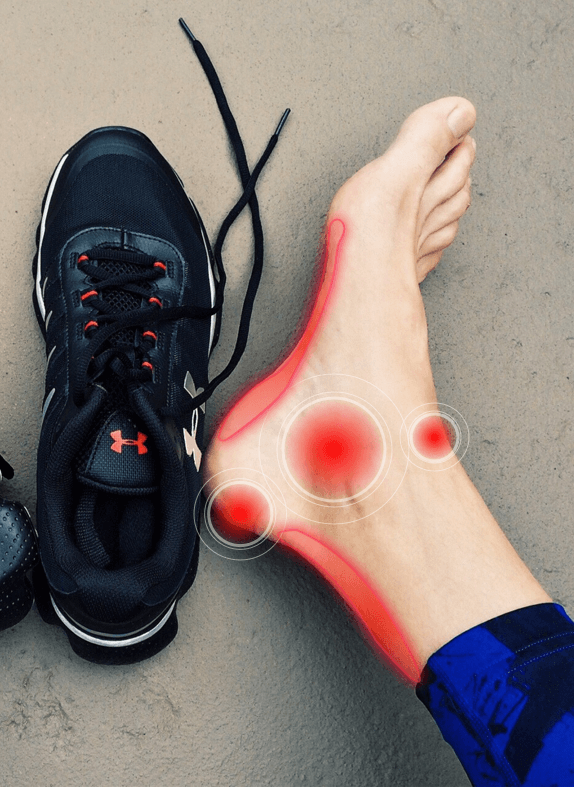
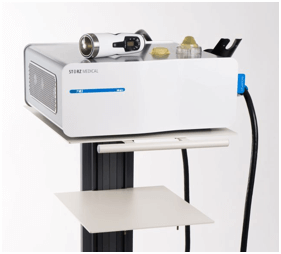
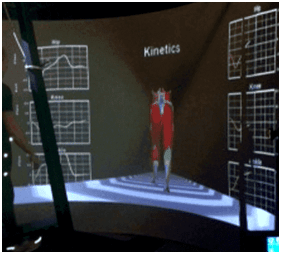
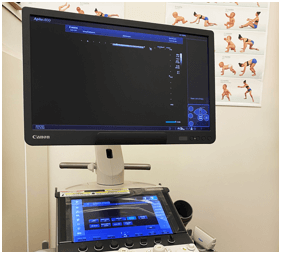
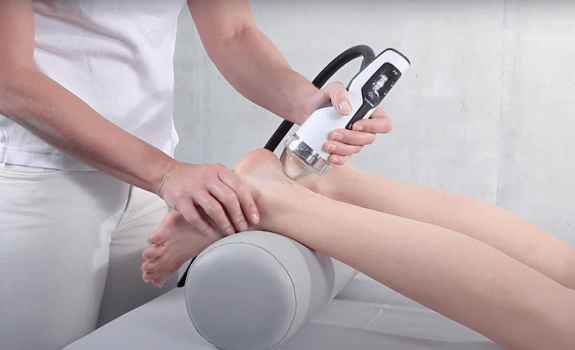
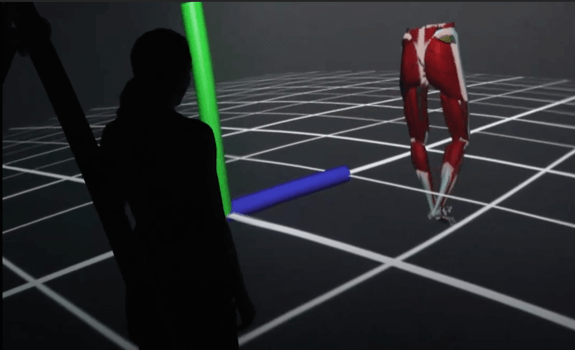
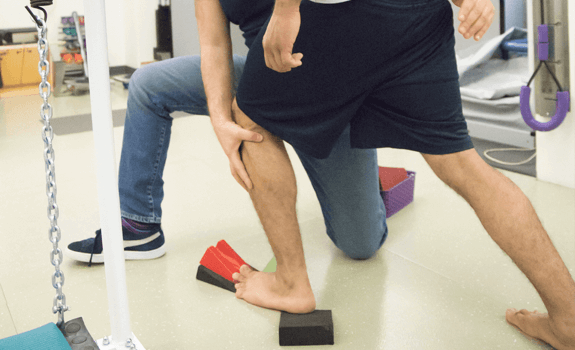
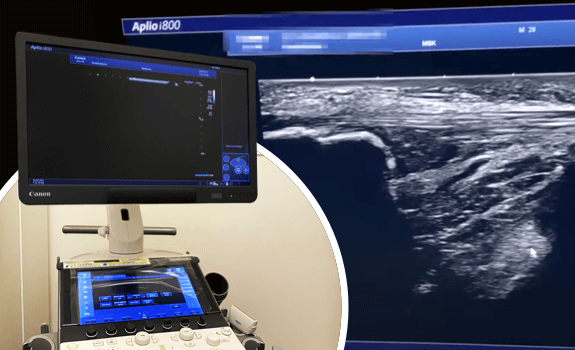







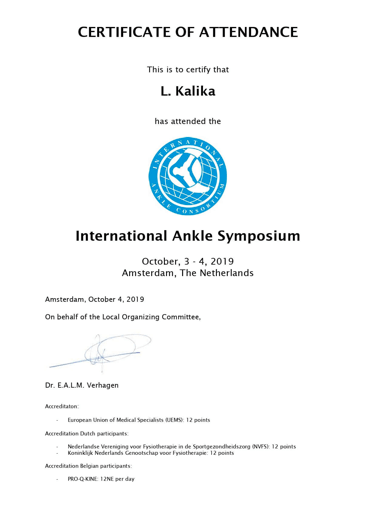


























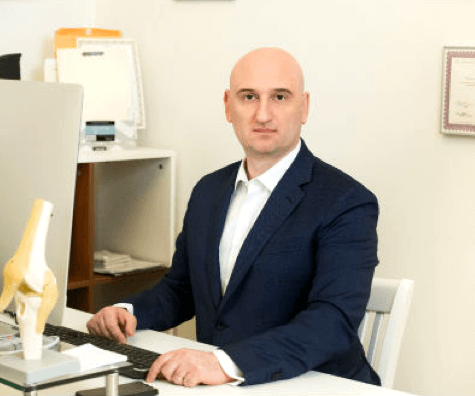
 Dr. Mikhail Bernshteyn
Dr. Mikhail Bernshteyn  Dr. Michael Goynatsky
Dr. Michael Goynatsky  Dr. Daniela Escudero
Dr. Daniela Escudero  Dr. Michelle Agyakwah
Dr. Michelle Agyakwah  Dr. Tatyana Kapustina
Dr. Tatyana Kapustina 

























